Our team here at Whaling City Solar aren’t just sitting at our desks all day, we’re out in the field talking with homeowners like you! We’ve heard every sort of question about solar asked in every sort of way. We’re going to take some of those questions and answer them right here for everyone to read themselves. Some may overlap, some may be out in left field, but if that homeowner was uncertain enough to question it, chances are you may be as well. We’ll post these questions as verbatim as we can remember them, and leave it to you to fill in the accent and mannerisms.
Today’s question: “So next time the power goes out, my house is going to stay on? I mean I get they don’t work at night, the sun wouldn’t be doing much right? But if I’m home during the day, I mean I guess not if there’s snow covering them, but you know what I’m saying right?”
We know what you’re saying my friend, don’t worry. Very common question, as solar arrays and power outages are an easy link for most of us to make. Let’s look a little deeper as to when a solar project would be able to power your home in the case of a utility failure. The answer involves the following two main principles:
- Rapid Shut Down code
- Solar Plus Storage
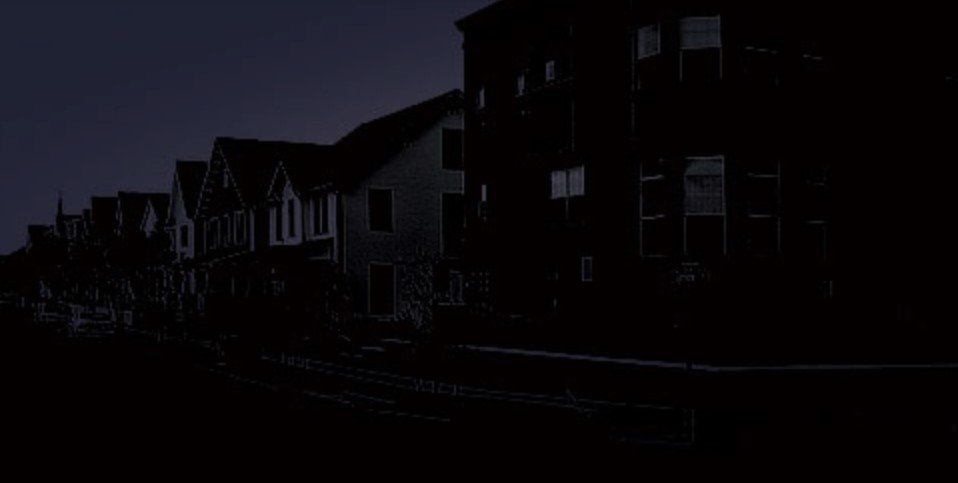
It makes a lot of sense to assume that your big expensive solar array could power your home in the case of an outage. Especially if we sized it to offset 100% of your consumption load. However, solar arrays are actually mandated by National Electric Code [NECE 2020] to shut down in the case of a grid shutdown and stop generating electricity on the roof.
But why? That’s the homeowners power, and they want to use it right there on the property. The problem lies in the fact that electricity behaves like a cat who got out of the house that can travel at the speed of light. As soon as a kWh of electricity is generated in your solar inverter it races to find its purpose, darting up and down your circuit breaker panel, searching for a light bulb or a wall outlet that’s calling for power. If there’s nothing to do, it high tails out of the house (through your net meter giving you an energy credit) and into the grid.
That method works perfectly when the grid is operating properly and can redirect our excess power to our non-solar neighbors or other businesses in our substation area. But the grid doesn’t always work perfectly does it? Especially when our region is full of snapshots like this one:
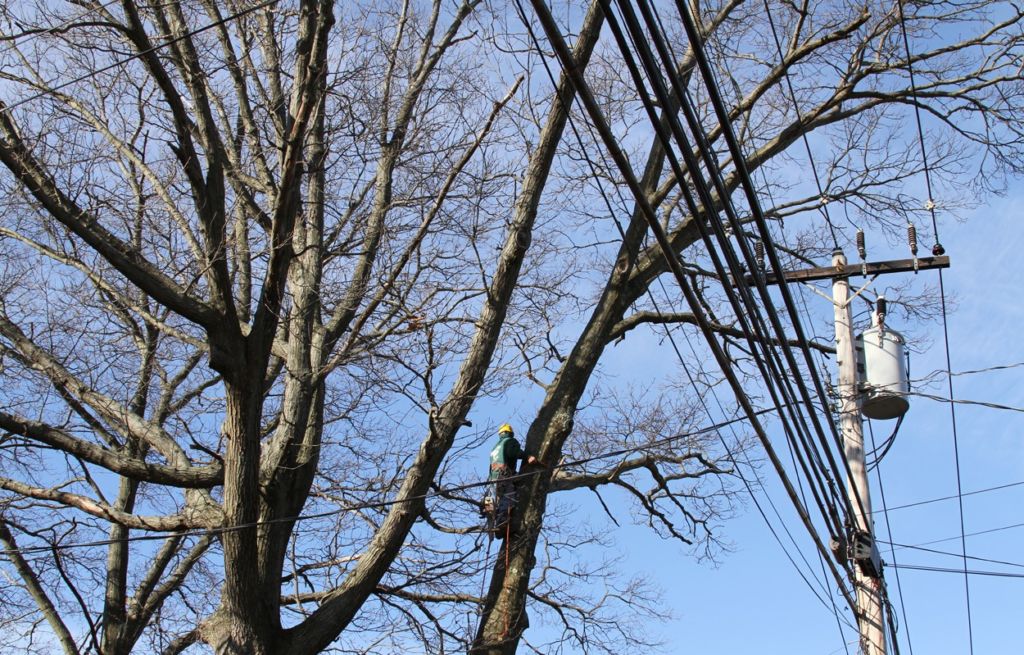
How many branches have wind, ice and snow claimed in your neighborhood this winter? When those branches compromise a power line, it requires fast action. Especially with many of us working from home part time, having power reliability is critical in 2021. Thankfully the utility employs an army of these guys:
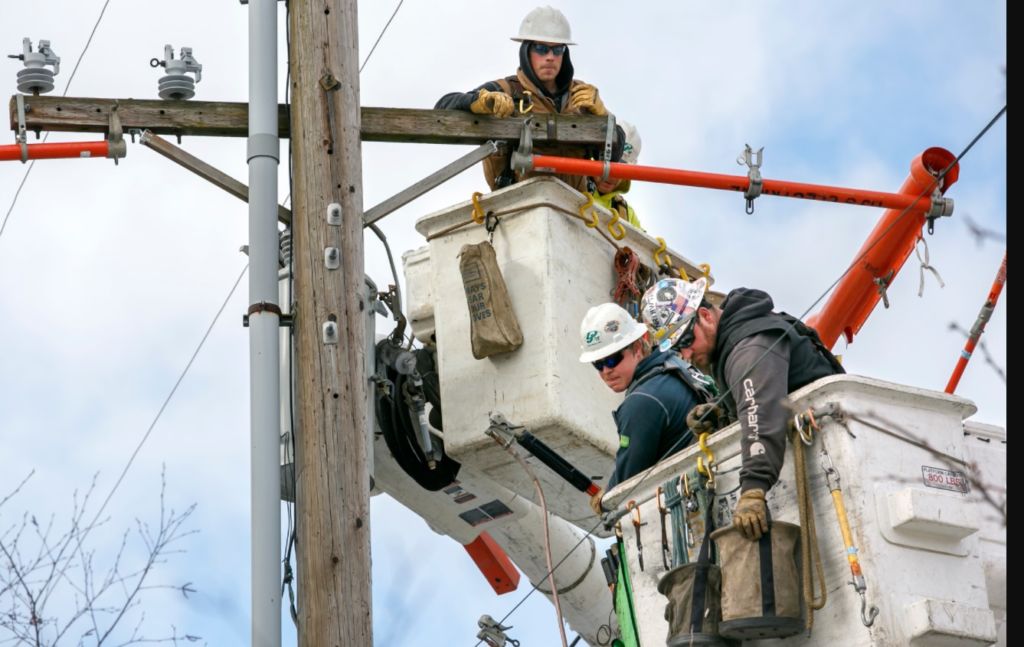
These heroes out there in all hours and all weather deserve a safe work environment, confident the power lines are not carrying dangerous voltages. The utility does its part by shutting off the plant on the front end to the whole area while the workers make the needed repairs. However, what if a loose cat came racing up the line from the other direction? This is a very real scenario and the US solar industry enacted policy a decade ago to prevent this from happening. To ensure dead power lines for the repair crews, all solar inverters are required to contain firmware that automatically self-pauses within 10 seconds of the grid losing power.
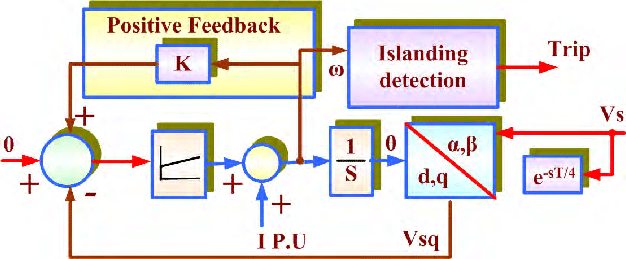
These heroes out there in all hours and all weather deserve a safe work environment, confident the power lines are not carrying dangerous voltages. The utility does its part by shutting off the plant on the front end to the whole area while the workers make the needed repairs. However, what if a loose cat came racing up the line from the other direction? This is a very real scenario and the US solar industry enacted policy a decade ago to prevent this from happening. To ensure dead power lines for the repair crews, all solar inverters are required to contain firmware that automatically self-pauses within 10 seconds of the grid losing power.
A few years ago the industry added to it’s policy that not only do the inverters need to self-pause, but the whole array circuit up to the panels themselves need to go dead. This is important for first responders to a home in the case of emergency. In an extreme example, fire crews can now chop straight through the solar panels in order to create an egress. Even without a power outage, first responders can always throw the safety switch on the exterior of the home to shut down the whole system.
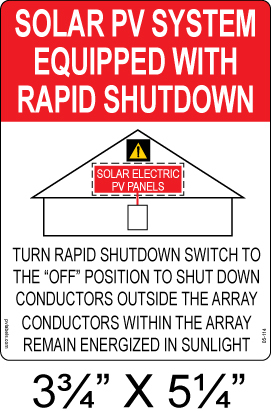
Are there any workarounds? Yes! If we were able to redirect our loose cat to another area that wasn’t the power lines, somewhere else on our property, that would be considered a safe alternative. Where can excess power go to be stored for later use? You guessed it, a solar battery.
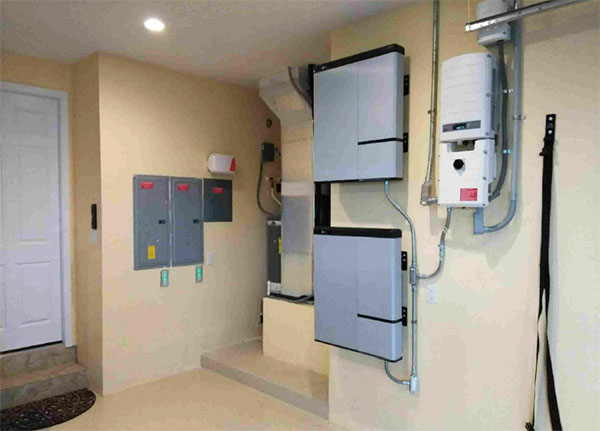
With a safe space for the power to go, the solar array can now create its own micro-grid in your own home. The inverter is allowed to keep running each day and recharge the battery, as long as no extra reaches the power lines outside. Pretty neat system, and very helpful in multiple day outages like the one we saw earlier this year in Texas.
Finding our content interesting? We’re realizing there are more of you out there than we thought! So because someone asked, here’s a subscription form where you can get an update every time we post a new in-depth article like the one you just read.

